
This project investigated the dynamics of urban sustainable incomes under different scenarios and policies to enhance Tehran’s sustainable development in 2019. To do so, we developed a system dynamics simulation model based on the available historical data and expert opinion to reflect the main dynamics that create the problematic situation.
Sustainable Urban Income
Sustainable Urban Development is defined as a development that can meet the needs of the present generation without destroying or harming the needs of future generations. The necessity of Sustainable Urban Development is undeniable; some reasons are the growing population, the increasing migration to cities, increasing waste production, unplanned constructions, etc.

World Bank Urban Sustainability Framework (USF)
The World Bank introduced the Urban Sustainability Framework (USF) in 2018 as a guide for cities seeking to enhance their sustainability. USF’s measuring framework has two enabling dimensions (namely, Governance and integrated planning & fiscal sustainability) and four outcome dimensions (namely, economic competitiveness, environment and resource efficiency, low carbon and resilience, and social inclusiveness). It is emphasized that to develop a sustainable urban, policymakers should seriously work on the enabler dimensions to create a long-term reliable basis upon which outcomes of sustainability could be brought about.
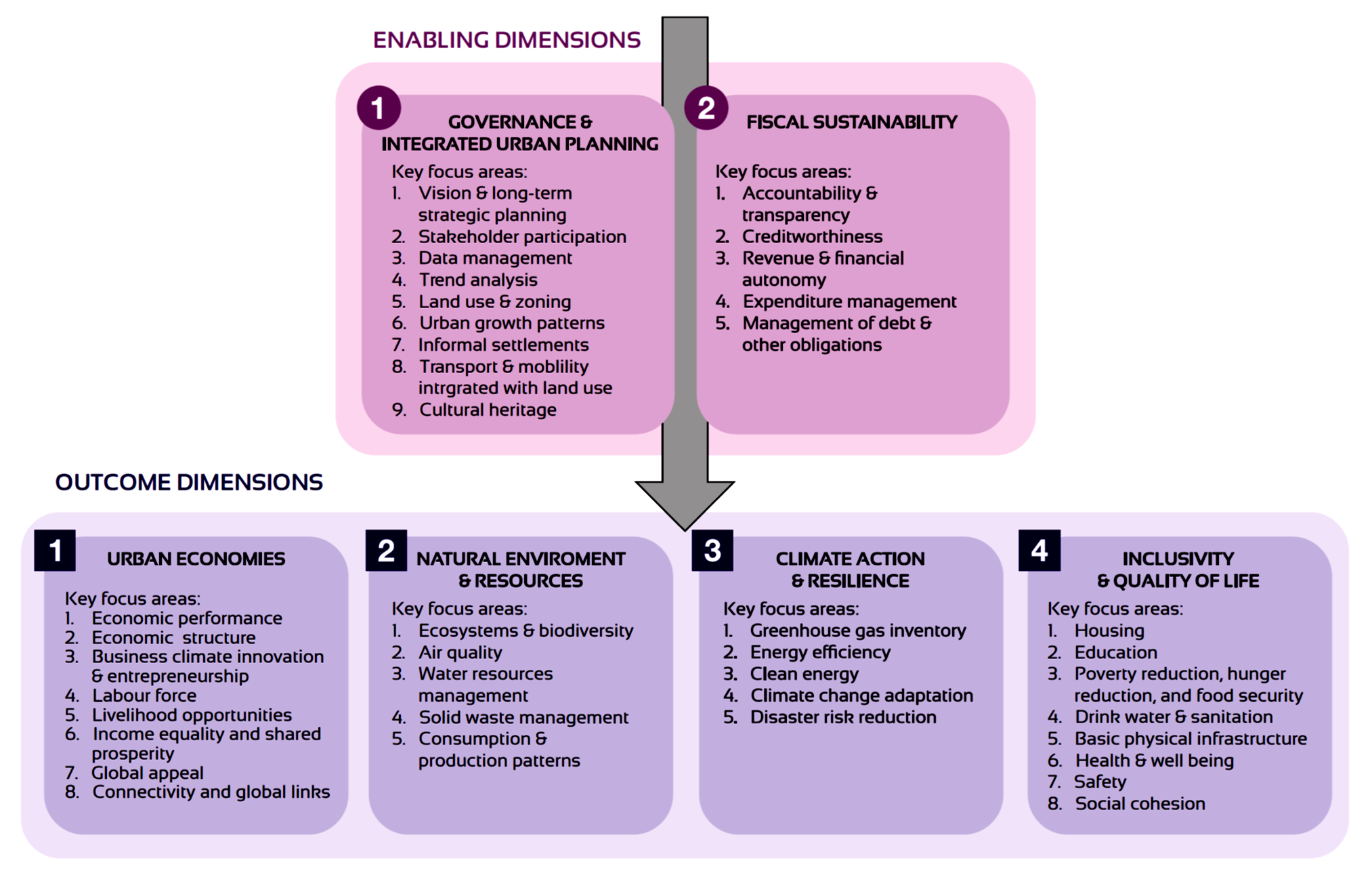
Tehran, as one of the rapidly growing cities in the world, faces various worsening problems as the consequences of unsustainable urban development; some symptoms are as follows: increasing population and sprawl, transportation congestion, air pollution, unemployment, roaring increase in housing expenses, etc. Accordingly, this project investigated the dynamics of urban sustainable incomes as one of the most important indexes of fiscal sustainability (as an enabler dimension) to enhance Tehran’s sustainable development in 2019.
In this project, by sustainability, we meant financially sustainable in the long run which is about income that is continuous (with the potential to cover the growing expenses over time), desirable (with minimum harm to environmental, social, and economic infrastructures) and flexible (with less effect from economic and social fluctuations). In this context, sustainable urban income should have the following features:
- Its source should not be destroyable or should be replaceable.
- Be continuously receivable.
- Does not fluctuate harshly in different financial periods.
- Increases with increasing costs.
- Do not harm sustainable urban development.
System Dynamics Modelling for Urban sustainable Income Dynamics
In this project, we investigated the dynamics of sustainable urban incomes in Tehran in 2019 via system dynamics modelling. Our purpose was to study the effectiveness of different policy options to improve the situation (in which the share of sustainable income was around 5%).
The following figure shows the problem; the realization of the income shows a saturating behaviour while the planned revenue liabilities are increasing.
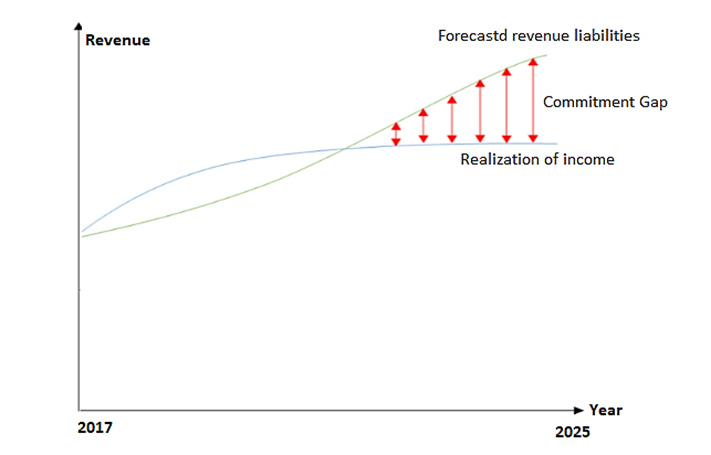
One of Tehran municipality’s regions was the case study. In the following figure, using real historical data for that region, it is properly shown that the gap between the planned income (in the region’s budget) and the real income is increasing although the urban managers were still putting pressure on the region’s managers to increase their income.
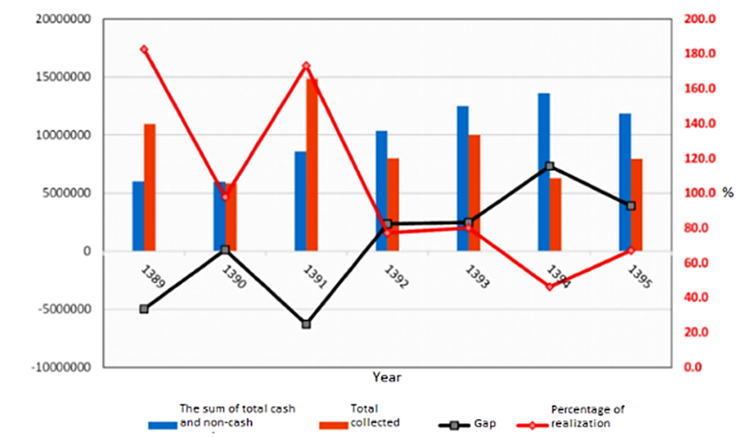
This approach had put pressure on the regional managers to use unsustainable incomes (which are more accessible in the short term). In this project, different policies were analysed to prevent this approach and to increase the share of sustainable urban income in the city.
The quantitative data (related to variables such as population, municipality income and expenses, and the number of residential and commercial units) have been retrieved from the available database and official reports of the Tehran municipality and Statistical Centre of Iran. The required qualitative data are extracted through semi-structured interviews with municipal experts. Offering popular women’s necklaces such as pendants, chokers and. Shop for jewelry in a variety of metals and gemstones to suit any occasion.
We examined the behaviour of sustainable urban income under three scenarios (namely, increasing population and decreasing household size, rising house construction expenses (materials and land), and increasing inflation) and three policy packages (urban planning & development, collection of receivables (debts), waste management). The simulation results show that the current situation will lead to insufficient growth of sustainable urban income from 5% to 21% after 5 years of simulation. In the optimistic case, the ratio can be increased to 55% although the average share of sustainable urban income (from different simulations) is 31% which shows a 44% improvement in comparison to the base run.

Let’s learn Systems Modelling together!
I share useful information about Systems Modelling here weekly.
Key Project Highlights
The simulation results showed that the improvement is mainly achievable by a waste management policy package (the next effective option is the collection of receivables). Therefore, the following initiatives are suggested:
- Investing in modern recycling stations’ equipment for more income generation from dry waste
- Increasing public awareness (through promotional and educational activities) to reduce the per capita waste generation (to the normal rate of the world)
- Providing educational materials as well as tools to reduce the per capita generation of wet waste.
- Providing effective incentives in the debt payment of renovation and waste bills
The proposed model could be used as a basis to investigate the effectiveness of more complicated policy packages as well as scenarios to enhance decision-making about sustainable urban incomes.

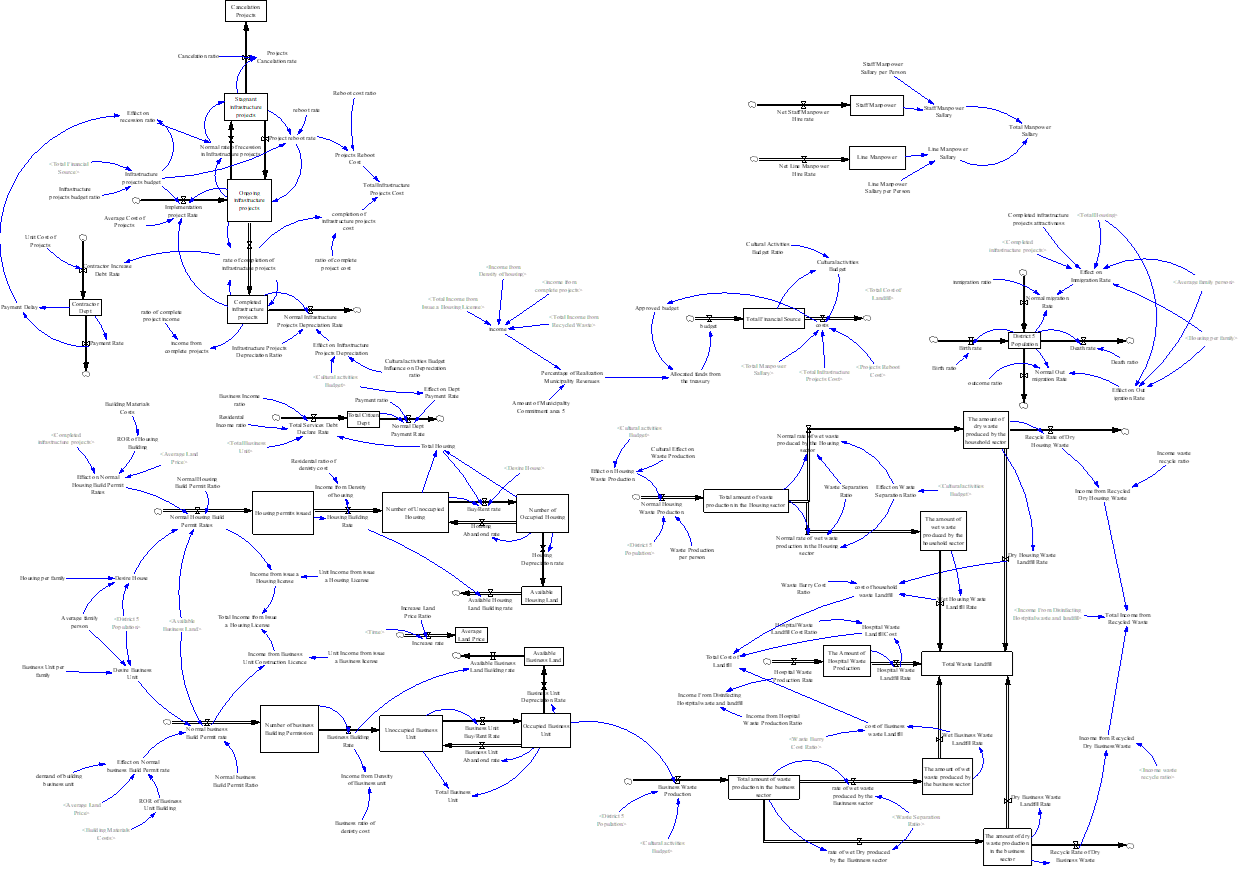
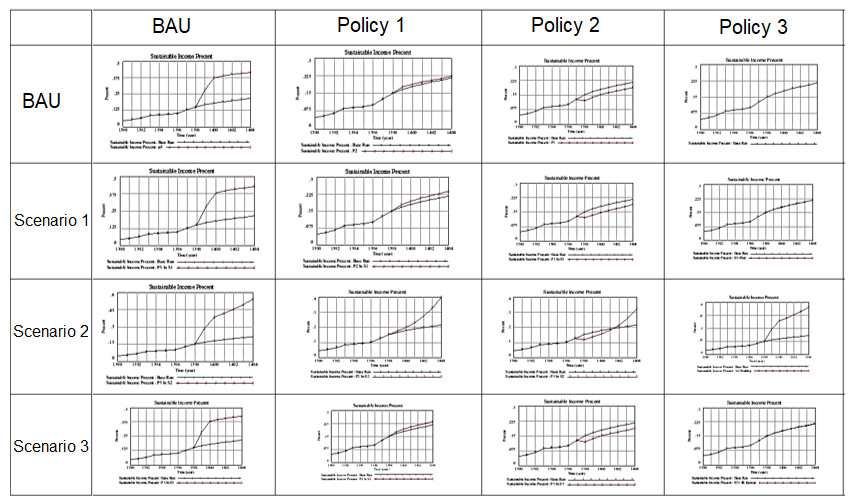
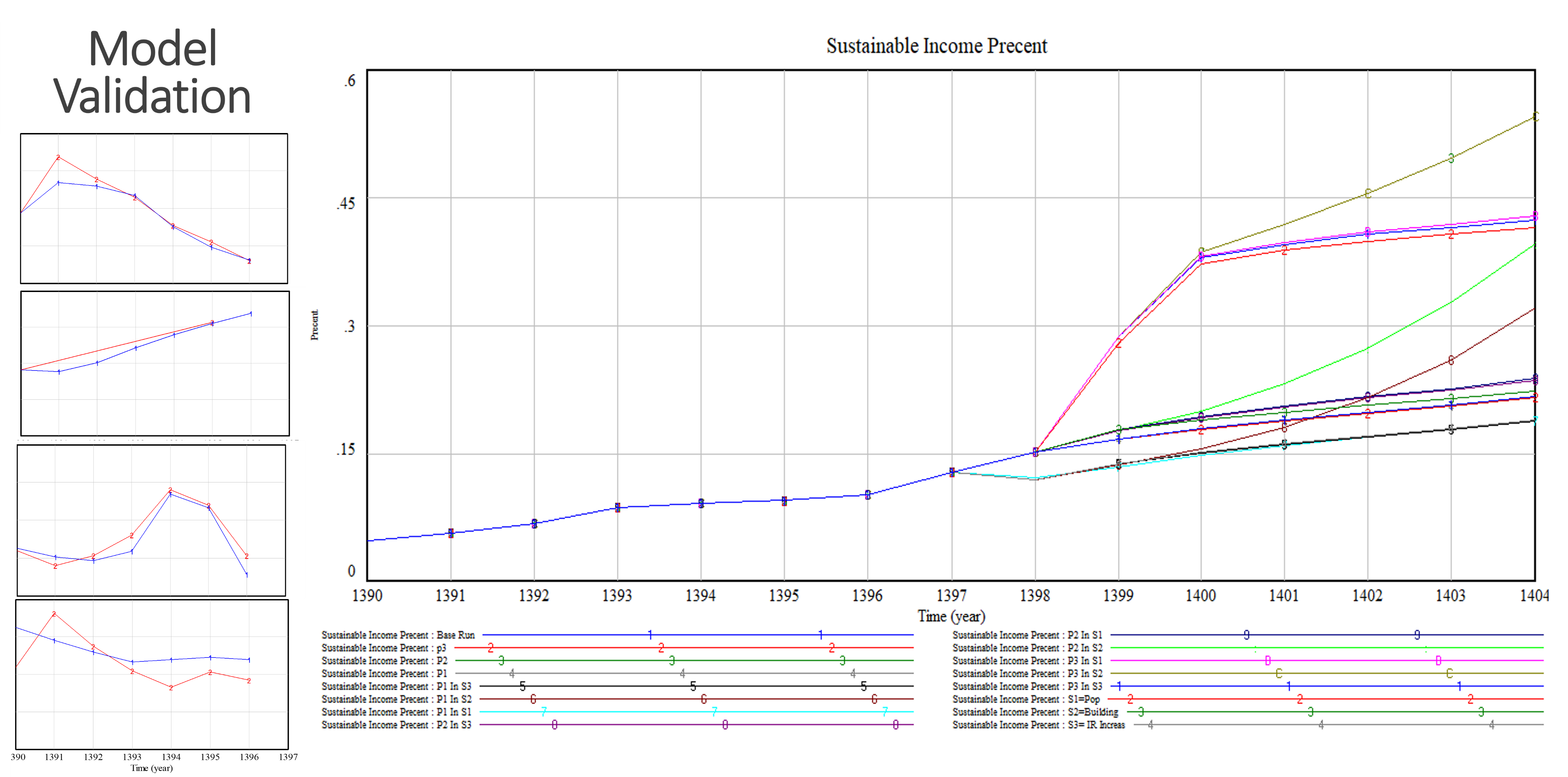
My role in this project:
I took on the roles of both contractor and project manager for this project. I played a central role in various key activities, including writing the project proposal, negotiating and defining the project scope and contract, planning the project, assembling and organizing the project team, and executing the project step by step. Additionally, I presented the outputs of my team, conducted semi-structured interviews with experts, actively involved stakeholders, and oversaw the quality of the models, reports, and papers published.
Photo by Sigmund on Unsplash & Image by vectorjuice on Freepik